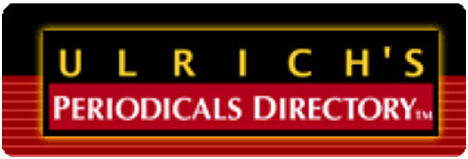DOI:
10.18413/2408-932X-2016-2-2-5-11
This article is an attempt to reveal with the help of history of science institutionalization the causes and mutual relations of two phenomena: the turning-point in the philosophical development in the 19th century, which was noted by E. Husserl, and the transformation of the science growth from the exponential phase to the phase of a logistic curved line, which was noted by sociology of science and interpreted by M.K. Petrov in terms of his conception of thesaurus dynamics as connected with the process of science institutionalization taking place in Europe from the middle of 19th century.
In 1917, E. Husserl outlined the development of German philosophy as a line similar to parabola: a gradual rise, a burst on the border of the 18th and 19th centuries, and then a sharp downturn and alienation from spiritual achievements of the great classical philosophy, so that even the Germans themselves could not comprehend any more this “intellectual acrobatics”. E. Husserl does not reflect the sources of this transformation of the mode of thinking. In the 30-th, he connected it with the crisis of European sciences.
In those years, a science by no means displayed any tendency to stagnation, but since the eighties of 20th century, a scientometric analysis has fixed a change in the growth pace. M.K. Petrov has suggested a hypothesis claiming to explain this phenomenon and to connect it systematically with a single source – with those characteristics of institutionalization of science and national education which he has marked as extensive scientification.
A sense of those transformations in science and national education, taking place in today’s Russia, is determined within the horizon of these all-European processes and as their continuation.
Keywords: science,
philosophy,
thesaurus,
institutionalization of science,
diatribical tradition,
creativity.
Number of views: 6013 (view statistics)
Количество скачиваний: 9835
All journals
Send article
Research Result. Social Studies and Humanities is included in the scientific database of the RINTs (license agreement No. 765-12/2014 dated 08.12.2014).
The journal is included in the list of peer-reviewed scientific publications recommended by the Higher Attestation Commission (as of 25.12.2020 (№ 1590)). vak.minobrnauki.gov.ru

















While nobody left any comments to this publication.
You can be first.